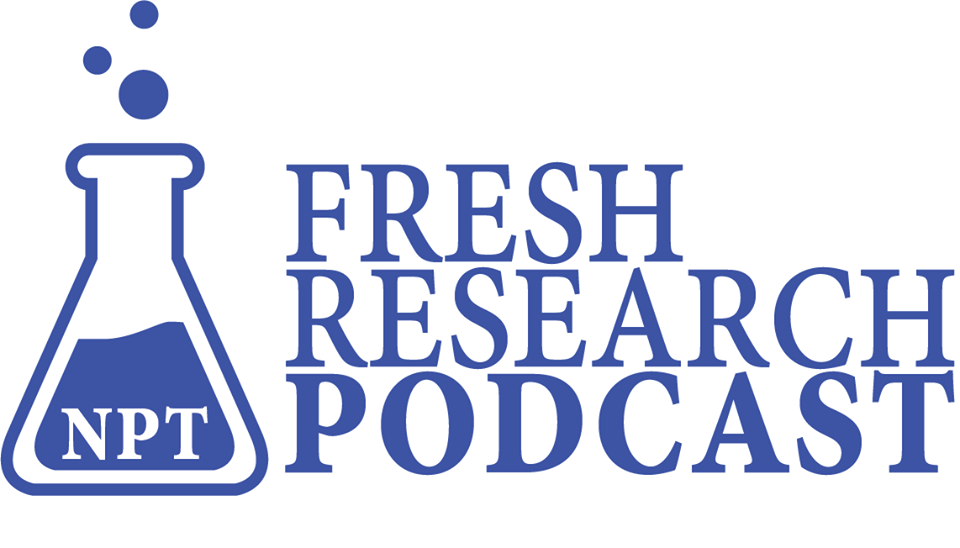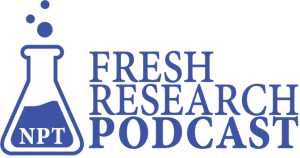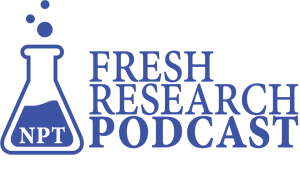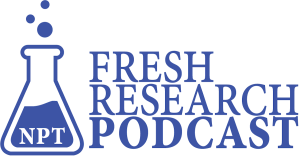More charitable giving than ever is coming from high-income households while the donor universe has been shrinking for years. Those are some of the concerns identified in “Gilded Giving 2018: Top Heavy Philanthropy and Its Perils to the Independent Sector and Democracy.”
Chuck Collins directs the Program on Inequality and the Common Good at the Institute for Policy Studies in Washington, D.C. He co-authored the report with Josh Hoxie and Helen Flannery.
He discusses some of the findings, such as, households earning $200,000 or more now account for more than half of charitable deductions, compared with 30 percent in the early 2000s; and the number of households giving to charity declined from 66 percent to 55 percent between 2000 and 2014. He also talks about the reports recommendations, including a universal charitable deduction, setting a lifetime cap on tax-deductible charitable giving and reforming rules around donor-advised funds (DAF).
***
Giving collectives are estimated to have donated as much as $1.3 billion to charity over the years. “Giving Circle Membership: How Collective Giving Impacts Donors” is a recent report from the Collective Giving Research Group.
Julia Carboni is an assistant professor, public administration and public affairs, at the Maxwell School of Citizenship and Public Affairs at Syracuse University. Jessica Bearman is principal of Bearman Consulting. They are among the founding members of the Collective Giving Research Group, along with Angela Eikenberry, Ph.D., of the School of Public Administration at the University of Nebraska-Omaha, and Jason Franklin, Ph.D., of the Dorothy A. Johnson Center for Philanthropy at Grand Valley State University.
Carboni and Bearman discuss what giving circles and collective giving groups look like; how members of giving circles differ from typical donors; and where giving circle members are more likely to donate.
The research was completed with funding from the Bill & Melinda Gates Foundation, via the Women’s Philanthropy Insitute at the Indiana University Lilly Family School of Philanthropy.








